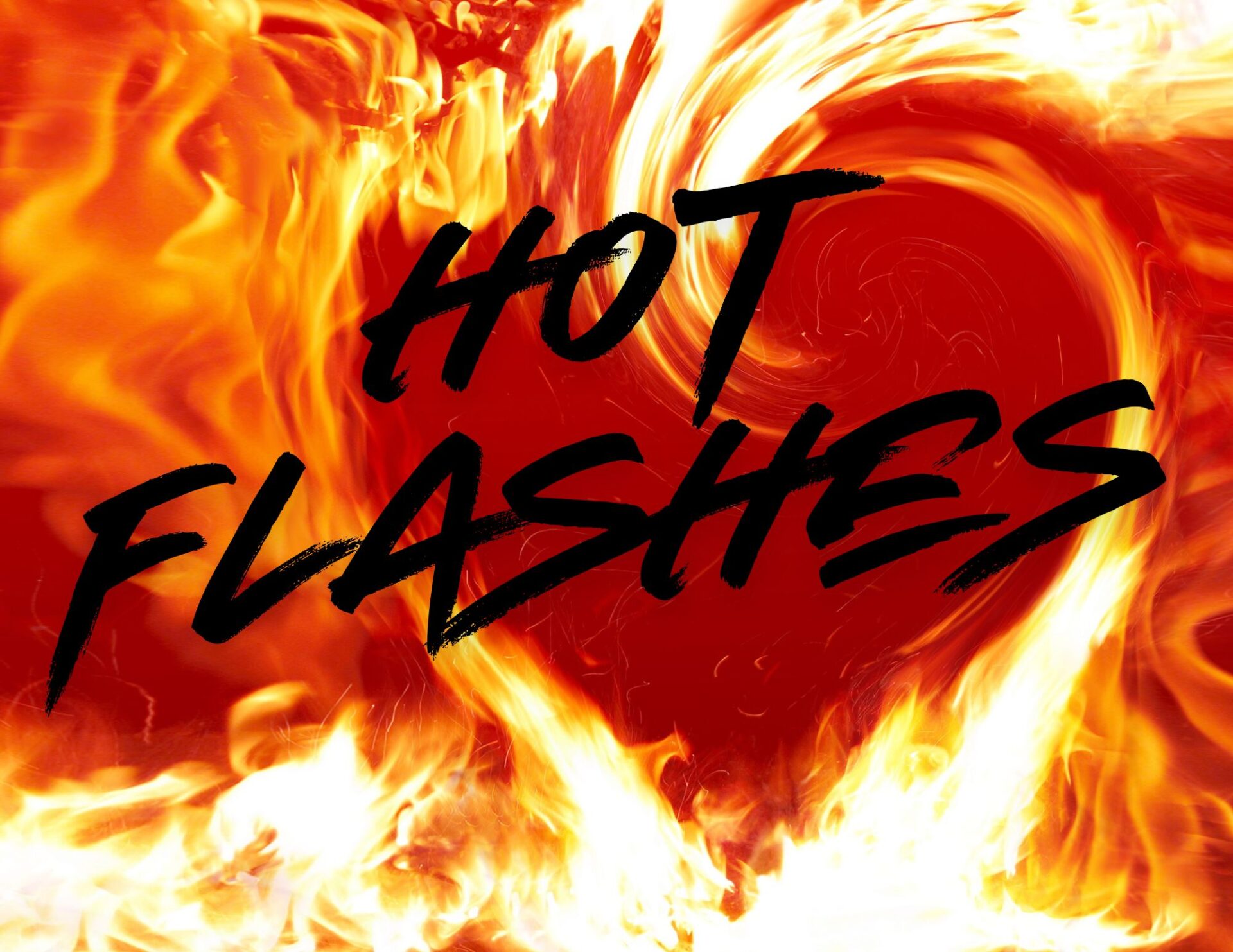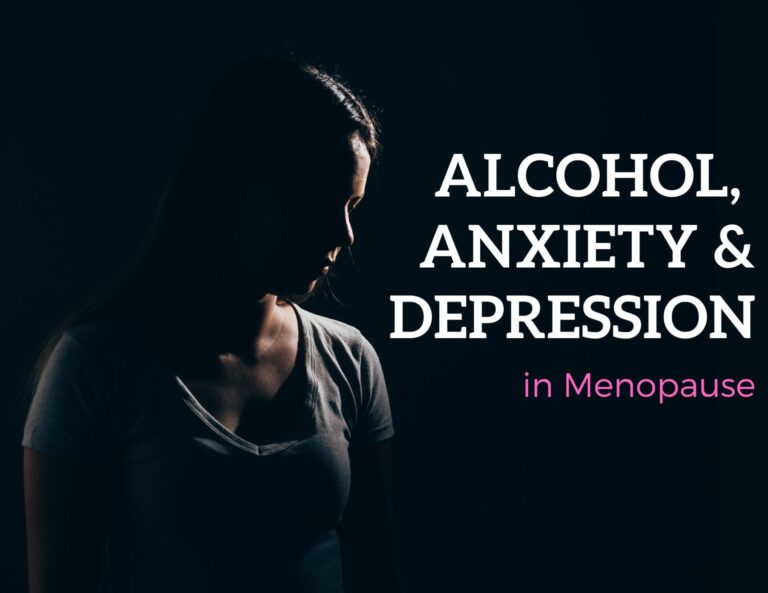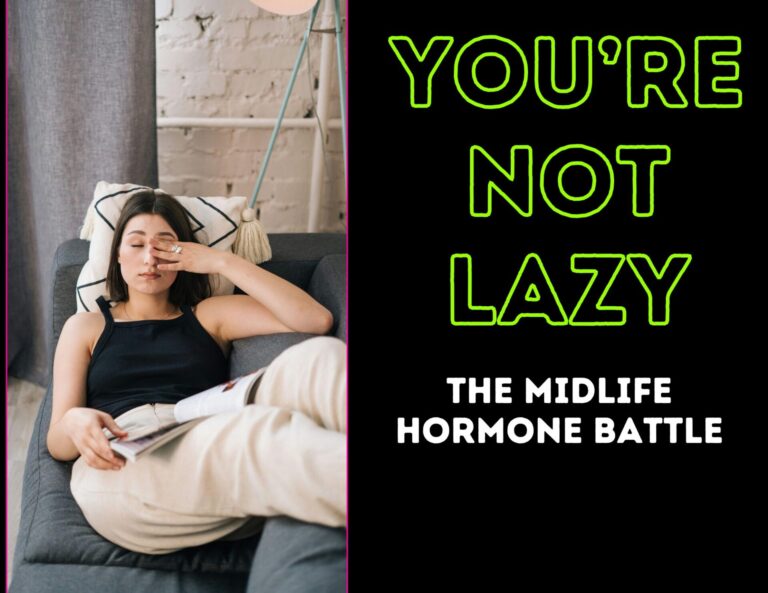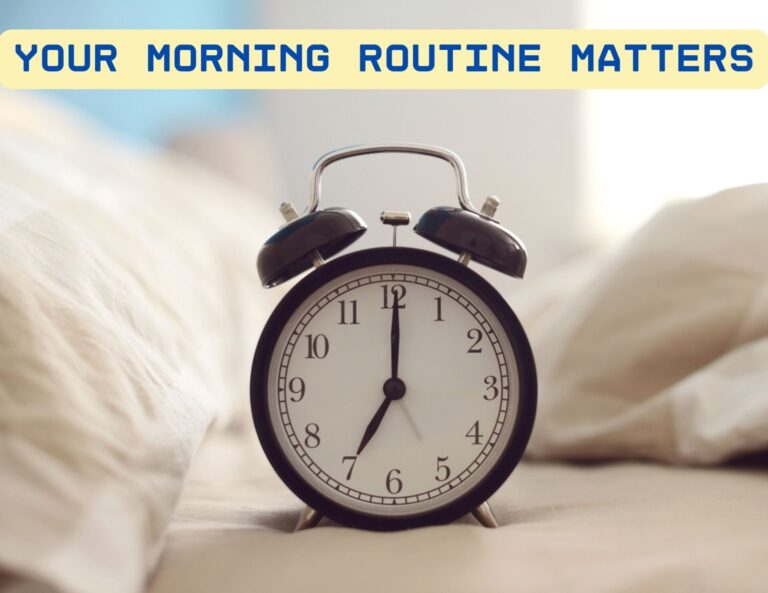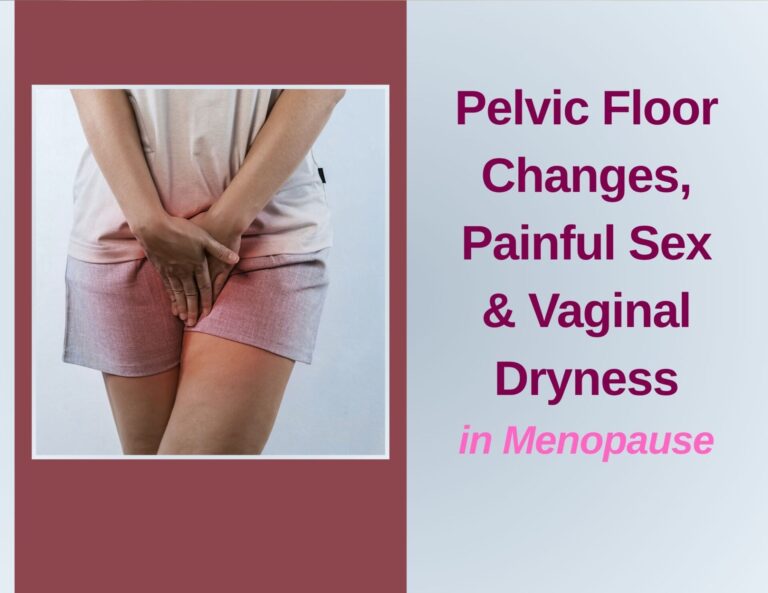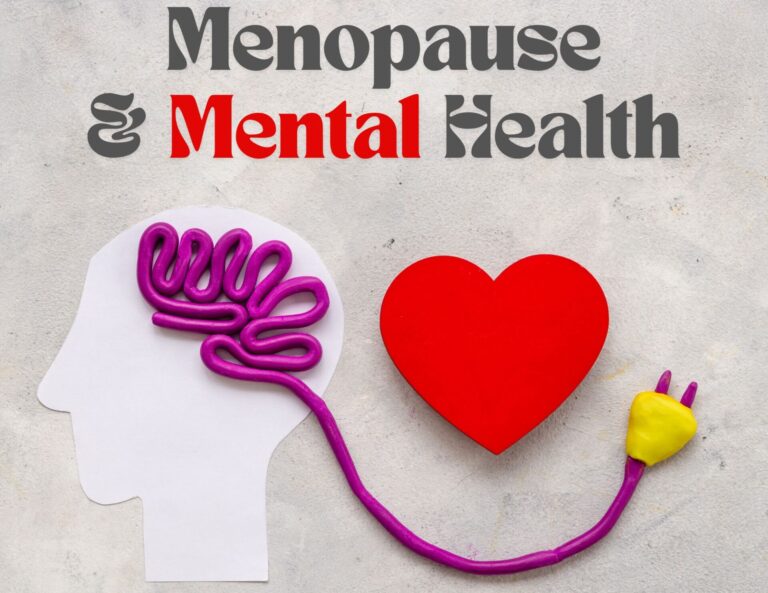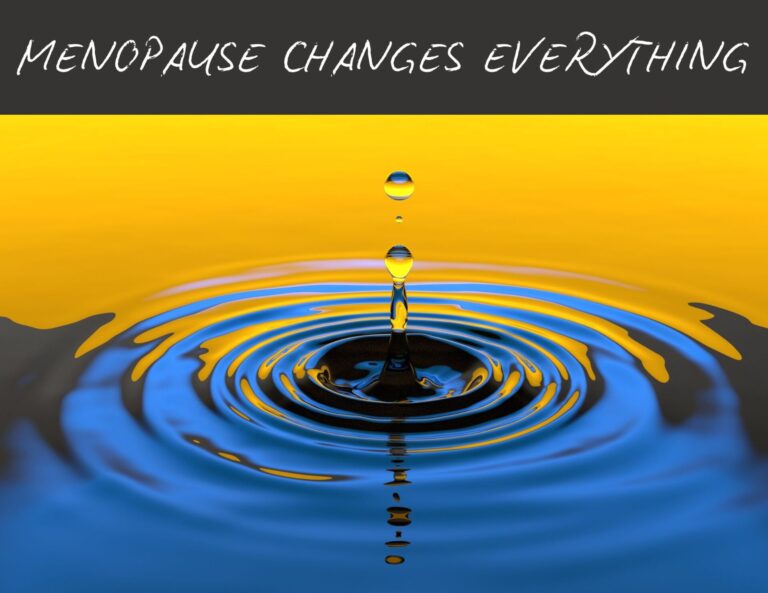This post may contain affiliate links. Read the full disclosure here.
What is a Hot Flash and How to Find Relief
If you’ve ever felt a sudden wave of heat take over your body, leaving you flushed and drenched in sweat, you’re not alone. Hot flashes are one of the most well-known (and sometimes most frustrating) symptoms of menopause. But what exactly causes them, and what can you do to manage them?
In this post, we’ll break down the science behind hot flashes, why they happen, and practical ways to find relief—so you can feel more comfortable and in control of your body.
🥵 What Are Hot Flashes?
Hot flashes are sudden sensations of intense warmth that can spread over the face, neck, and chest, often accompanied by sweating, flushing, and sometimes a rapid heartbeat. They can last anywhere from a few seconds to several minutes and can happen at any time—day or night (hello, night sweats!).
While hot flashes are most common during perimenopause and menopause, some people experience them for years after their periods have stopped.
What Causes Hot Flashes?
The primary cause? Estrogen decline. As estrogen levels drop, the hypothalamus—your body’s internal thermostat—becomes more sensitive to temperature changes. Even a small increase in body temperature can trigger the brain to overreact, causing blood vessels to widen (vasodilation) in an attempt to cool you down, resulting in a hot flash.
Other triggers that can make hot flashes worse include:
✔️ Caffeine and alcohol – Stimulants can increase body temperature.
✔️ Spicy foods – Some spices mimic heat, making your body react.
✔️ Stress and anxiety – Cortisol spikes can contribute to temperature fluctuations.
✔️ Warm environments – Hot weather, heated rooms, and too many blankets can set off a hot flash.
How to Find Relief from Hot Flashes
While there’s no magic switch to turn them off completely, you can make lifestyle changes to reduce their frequency and intensity:
🌡️ Keep Cool
Dressing in lightweight, breathable fabrics like cotton or moisture-wicking materials can help your body regulate temperature more efficiently. Layering your clothing makes it easier to adjust as needed. At night, using cooling pillows and breathable bed linens can reduce night sweats and improve sleep. Keeping a small fan at your desk or in your bedroom can also be a game-changer for quick relief.
🥗 Watch Your Diet
Spicy foods, caffeine, and alcohol are known triggers for hot flashes, so it may help to track what you eat and see if certain foods make your symptoms worse. Incorporating more cooling foods like leafy greens, cucumbers, and water-rich fruits can help your body stay hydrated and regulate temperature. Staying well-hydrated throughout the day also supports better circulation and body temperature control.
🏋️♀️ Stay Active
Regular movement—especially strength training, yoga, or low-impact cardio—can help regulate hormones, improve circulation, and reduce the frequency of hot flashes. Exercise also supports stress reduction, which is key since stress can trigger more intense hot flashes. Even a daily brisk walk or stretching session can make a noticeable difference in your symptoms over time.
🧘♀️ Manage Stress
Since stress can worsen hot flashes, incorporating relaxation techniques like deep breathing, meditation, or progressive muscle relaxation can help. Simple practices, such as box breathing (inhaling for four counts, holding for four, exhaling for four), can be done anytime to calm the nervous system. Yoga and mindfulness-based stress reduction have also been shown to help women manage the intensity and frequency of hot flashes.
🛌 Prioritize Sleep
Since night sweats can disrupt sleep, try keeping your bedroom cool, using moisture-wicking sheets, and avoiding heavy blankets. If hot flashes wake you up, getting up for a few minutes to sip cool water or practice deep breathing can help you fall back asleep more easily. Maintaining a consistent bedtime routine, including limiting screen time before bed, can also support better sleep quality.
🩺 Talk to Your Doctor
If hot flashes are significantly impacting your quality of life, it’s worth discussing options with a healthcare provider. They can guide you on lifestyle changes, non-hormonal treatments, or hormone replacement therapy (HRT), if appropriate. Additionally, cognitive behavioral therapy (CBT) has been shown to help some women manage hot flashes and night sweats, particularly when anxiety is a contributing factor.
💡 Bottom Line
Hot flashes may be a frustrating part of menopause, but they don’t have to take over your life. Understanding why they happen and making small lifestyle tweaks can make a big difference. Every woman’s experience is unique, so finding what works best for you is key.
💗 Join StrongHER Together
Ready for deeper support? StrongHER Together is my private community for women navigating perimenopause and menopause — a space for connection, expert coaching, wellness challenges, and real talk. Whether you’re seeking clarity, confidence, or just a circle of women who get it, you’ll find it here.
📬 Stay in the Know
Want more tips, advice, and updates on my programs? Join my mailing list to stay up to date on everything health, wellness, and fitness-related. Let’s navigate your journey together!

